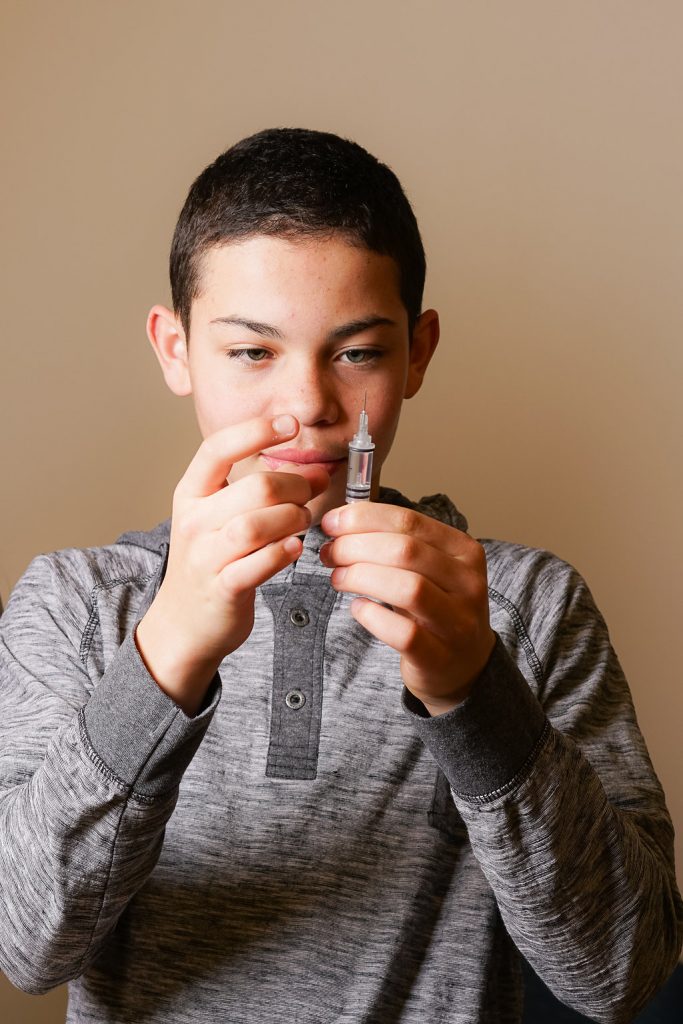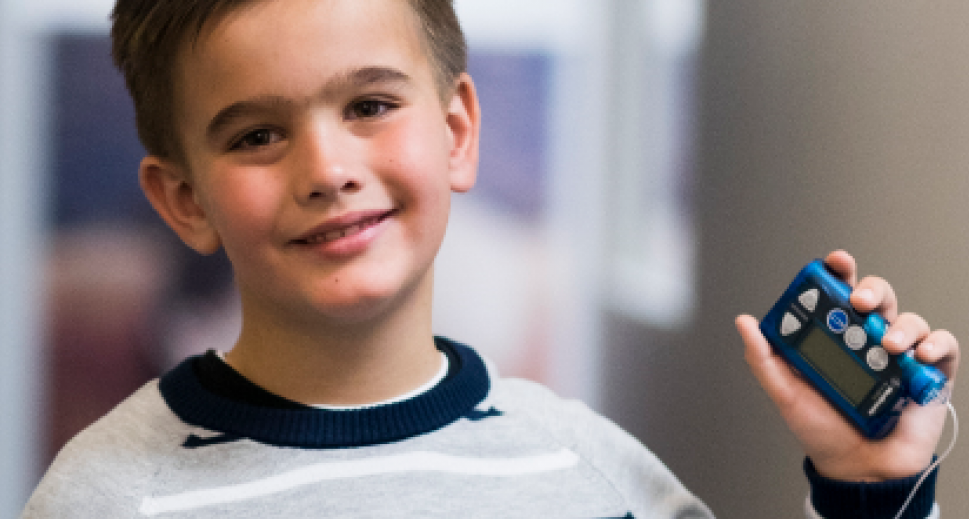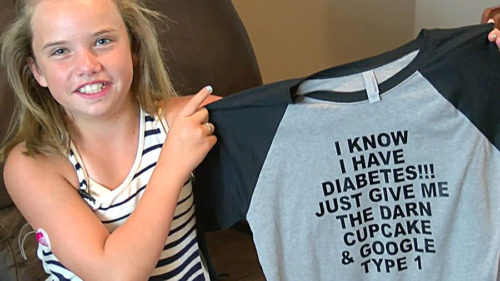Childhood Diabetes Update
Although, as explained, personal issues prevent me from posting as regularly as I have always done; none-the-less, I still try to keep up with the new developments in pediatrics and one such area is Diabetes in childhood.
I’ll try and update several “discoveries” related to “Diabetes” in the pediatric population that should be posted in this site: 1 – New naming conventions; 2 – that adolescent diabetes is much more refractory to treatment than we had thought; and, 3 – that the FDA has now approved the “artificial pancreas” for use in children with “type 1” diabetes.
Update in Diabetes care for the pediatric patient
Updates In Pediatric Diabetes Care
Progress Is Sooooo Slow
New Names For Diabetes Classes
In pretty much every field, merely the march of time brings a change of names – for almost everything. There are “splitters” and “lumpers” in every field who seem to love changing names of things seemingly dependent only on their moods.
I hate all the confusion it normally brings; but, I think some doc’s in Sweden just MIGHT be onto something about patients with diabetes. They recently reported some of their research in the medical journal Lancet where they separated patients into 5 groups that seemed to make a big difference their ability to understand issued.
We’ve nearly always been able to “lump” diabetes into two types–”one” and “two”–based on whether they “got their disease” as a child or as an adult.
That water was muddied just a few years ago when the obesity rate of children began skyrocketing and many children began showing up with what here-to-fore had been the “adult” type of diabetes related to sedentation and caloric intake. We then had to begin talking about “juvenile type II” disease as well as “type I.”

The field of diabetes care has muddled to the point that now we know that both “adult” and “juveniles” can have both type one and type two diabetes. Of course there is also “gestational diabetes” of pregnancy and even a milder diabetes related merely to older age.
On the table now is a proposal to convert everything to FIVE CLASSIFICATIONS of diabetes—which obviously have more meaning and usefulness to physicians and researchers than they do to patients. Basically patients with severe diabetes are in the first three “clusters” and those with milder diabetes in clusters 4 and 5.
Cluster one—those with severe autoimmune diabetes, including the current “type one” or juvenile onset; insulin dependent and often have low BMIs.
Cluster two—severe diabetes but without autoimmunity, low BMIs and required insulin to survive.
Cluster three—insulin-resistant diabetes, including what is now called “type 2”; higher BMIs, insulin dependent.
Cluster four—obesity-related diabetes; higher BMIs, lower insulin-resistance than cluster 3.
Cluster five—milder age-related diabetes.
So, why have I broken my tradition on this? Well, their results showed specifically how categorizing patients like this made a difference. Diabetes is not one single disease with one single cause—we’ve known that for a long time. This categorization allows “splitting” in a way that makes sense and can obviously make research (and therefor progress) easier and faster.
Additionally, these new labels can possibly improve existing care. The study pointed out that patients in cluster 3 were rarely receiving metformin yet were probably one of the most important groups to get it.
I need to disclaimer a bit: This is the first paper (to my knowledge) to propose this categorization, many are proposing it’s use; but, it is by no means accepted in full into the medical practice of pediatrics or medicine. I’ll be interested to now see what happens in the first time I’ve proposed accepting a name change. Will it stick?
Diabetes Much More Aggressive in Teens

Even though it seems like progress in the field of diabetes, especially in the case of children, is intolerably slow, there are several very good, very long term studies underway which are now beginning to show results.
In Colorado, a professor of pediatrics used the RISE (Restoring Insulin Secretion) pediatric medication study to see if some fairly aggressive, state-of-the-art treatment regimens made a difference; and, unfortunately, it wasn’t much.
By giving long-acting insulin and metformin as early intervention they hoped to prevent the often seen deterioration in beta-cell function like is seen in adult patients; but, like I said, beta-cell function declined in both of their treatment groups even though the treatments were well tolerated and held to for over a year by the adolescents and their families.
What are the Take Home Messages of the study?
1 – There doesn’t seem to be evidence for treating adolescents in the pre-diabetic state – at least with these therapies.
2 – There are benefits of metformin in adolescents with type 2 diabetes but metformin alone is not a long-term solution and we need to keep looking hard for other treatments.
3 – This gives rationale for pursuing the “off label” use of adult type 2 medications in adolescents.
4 – Diabetes is quite different and potentially more aggressive in adolescents than we had thought; so, understanding why is going to be critical if we want to help.
5 – Early beta-cell failure creates permanent dependence on insulin; so, youth may be at a higher risk of future diabetes complications.
6 – MOST IMPORTANTLY: this elevates our MORAL IMPERATIVE TO DO SOMETHING ABOUT THE OBESITY EPIDEMIC!
Artificial Pancreas
I’m not so sure that this represents anything very new. We’ve had insulin pumps on the market long enough to have them sported by even the most very young, newly-diagnosed, diabetics.
And, we’ve had pumps which are connected to continuous glucose monitors (often called artificial pancreases) on the market for adults and older teens for a long time too.
I guess the new part is that the FDA has extended its approval of a hybrid closed-looped system to include 7 to 13 year-olds with type 1 diabetes too.
The device has a subcutaneous glucose monitor (which measures blood sugar’s every 5 minutes) connected to a computer which interprets those values (based on the person’s individual body measurements) and commands a pump full of insulin (also inserted subcutaneously) to inject the drug in tiny amounts frequently.

The device has been relegated to adults because it is cumbersome, technical and prone to under- and over-dosing that then needs to be treated manually. Obviously something risky for young children. And, it’s called “hybrid” because the “computer” isn’t allowed to work all on its own yet, it still needs inputting of estimates of what the calories the child is intending to eat before every meal.
Now that most 7 year-olds can program computers better than their parents, I guess the FDA took another look at current conditions and eased up a bit.
The thing is: I’ve got mixed feelings about this wearing my 5,000 foot, wide-angle, high-level perspective glasses. On the one hand, the mere activities of daily living for someone (or his parents) with diabetes is no small task. Everything is an effort, I mean everything. And it is your child we’re talking about here and we feel bad enough for them.
On the other hand, (and largely because of the above) tons of companies recognize the potential for EXTREME PROFITS so are clamoring to make these devices and have the very purposeful intent of escalating the price of these units to a height just short of giving you a stroke (if they can find such a thing) or alternatively just short of causing such a public outcry they go to jail.
On the third hand, price is no object for our kids—especially if we can force it to be paid for by insurance; in spite of,
the fourth hand in which the clinical data actually showed a smaller-than-hoped for benefit of the high-priced thing. Over a hundred 7 to 13 year-olds with type 1 diabetes used the device for three months after they had gone through traditional open-loop pump therapy for 2 weeks.
Time “in range” (normal range for glucose values) only increased less than 9% from the traditional pump to the hybrid system; and their HbA1c levels (the standard measurement these days for “control” of diabetes) improved a mere 0.2%. Way not the benefit everyone was hoping for.
Is this new device any better at “real treatment” of type 1 diabetes over the regular insulin pump? The clinical studies raise doubt. As expensive as they already are, the regular pumps do a good job and there is a lot more experience with them—especially in children.
The device is not approved for children age 6 or younger or individuals who need less than 8 units/day of insulin.
7 Posts in Childhood Diabetes (diabetesmed) Series
- 2017 State of the disease – 2 Jul 2018
- Juvenile Diabetes and ProBiotics - Yogurt, Bacteria and Children – 15 Jan 2018
- Graphic video about diabetes – 10 Nov 2015
- Part 2 - GLP-1 Meds – 27 Jun 2014
- Part 1 - Diabetes history, GLP-1 – 23 Jun 2014
- Diabetes, Insulin and Exercise: New Findings – 12 Apr 2013
- Childhood Diabetes Series: Intro/Index – 10 Apr 2013

